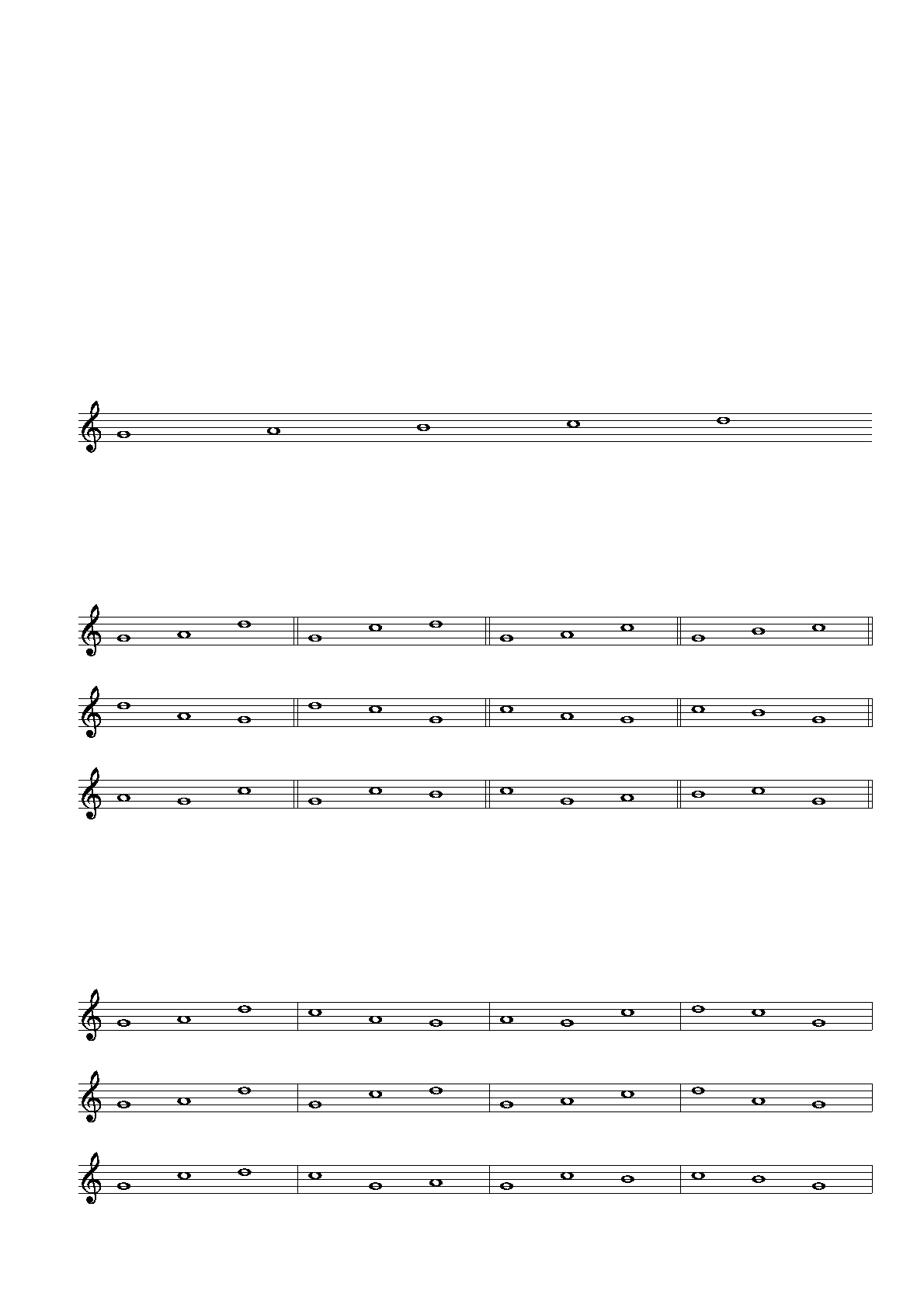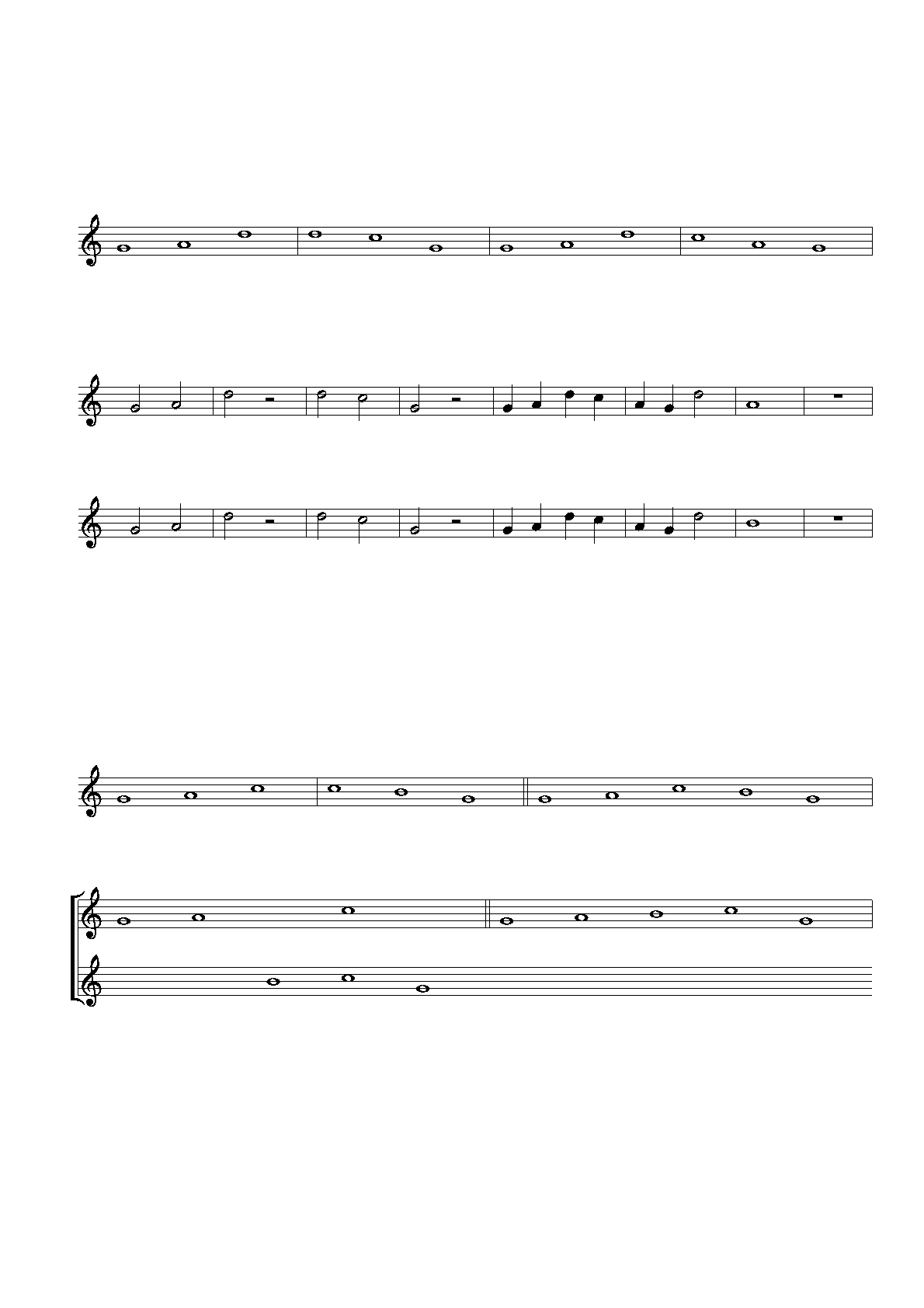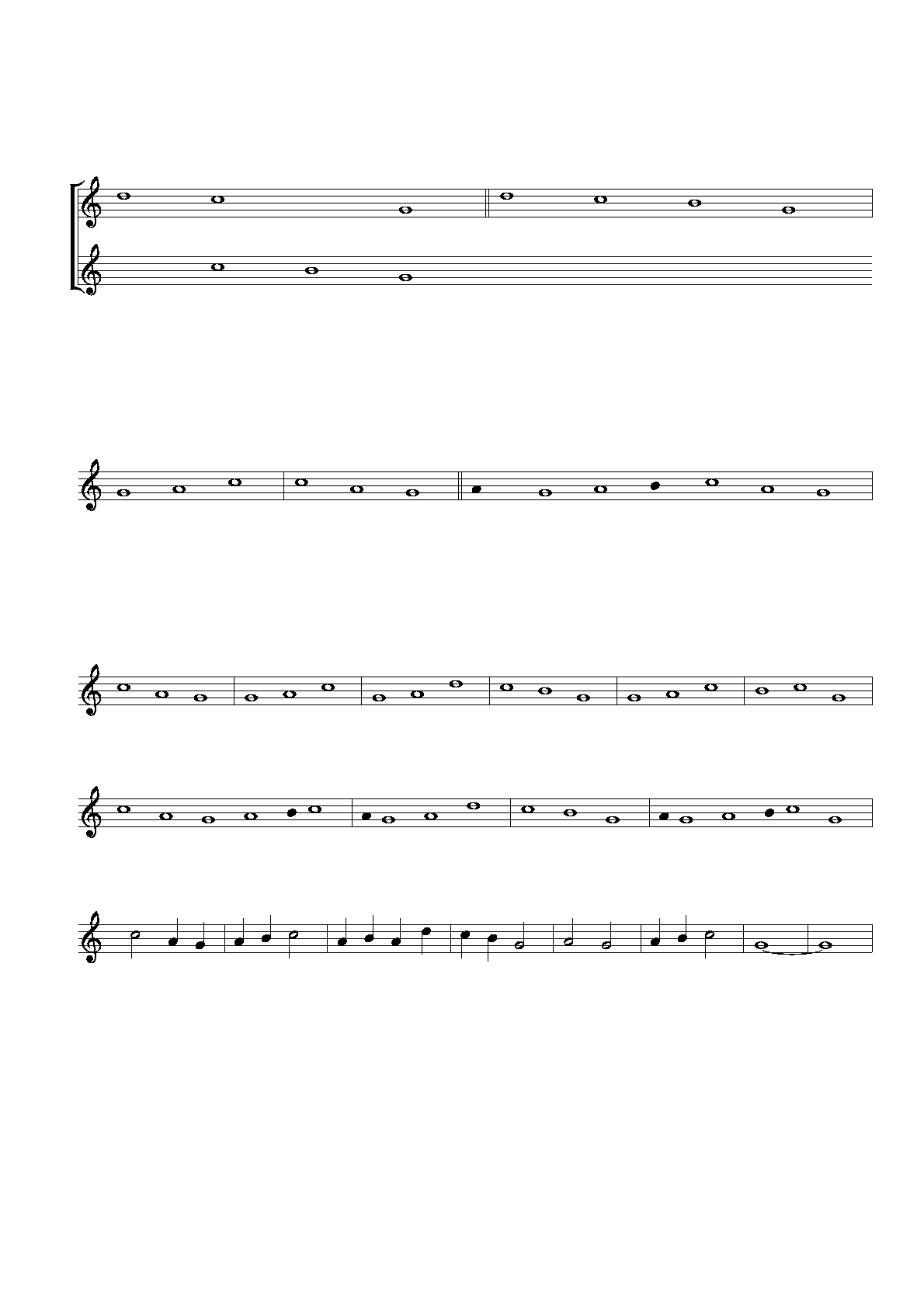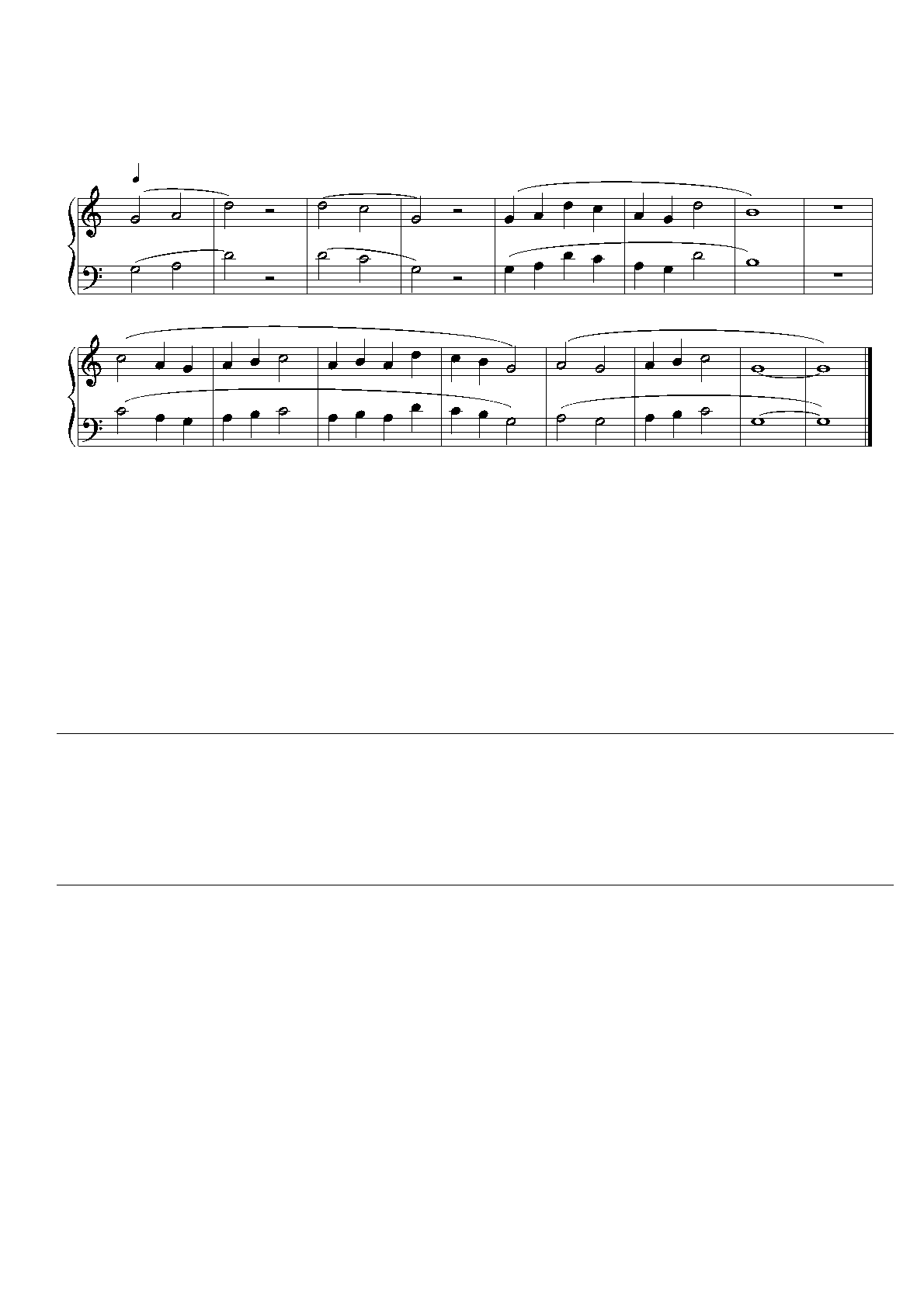
© 2010 Reinier Maliepaard: Recomposing Bartok's Mikrokosmos no. 20
www.bestmusicteacher.com
1
Recomposing Bartok's Mikrokosmos no. 20
Objective: application of trichords as a sort of germ motive
A germ motive, or 'germinal motif,' as it is sometimes called, is a motive that is the base of the melodic
organization of a composition. Here I will show you the application of some well-defined trichords, i.e.
some precisely specified three-note pitch structures. In six steps I will try to uncover some aspects of the
creative process of Bartok's Mikrokosmos no. 20.
Step 1: point of departure an easy and universal melodic frame based on tone G.
^
1
^
2
^
3
^
4
^
5
Step 2: compose all trichords,
- based on the first and the fourth or fifth tone
- based on the interval second (1)
- maximum interval: fourth
1
2
3
4
5
6
7
8
9
10
11
12
Comment: permutation no 5 - 8 are retrograde versions of no. 1 - 4. No. 9 is a permutation of no. 3 and
no. 10 of no. 4. Permutation no. 11 is a retrograde version of no. 9 and no. 12 of no. 10.
Step 3: melody based on a selection of trichords; three versions
Melody 1: no. 1 - 7 - 9 - 6
Melody 2: no. 1 - 2 - 3 - 5
Melody 3: no. 2 - 11 - 10 - 8

© 2010 Reinier Maliepaard: Recomposing Bartok's Mikrokosmos no. 20
www.bestmusicteacher.com
2
Step 4: melody based on a selection of trichords: Bartók's melody
Melody Bartók: no. 1 - 6 - 1 - 7
Step 5: step 4 extended to section A of a binary form (A - B) with open ending, 8 + 8 bars, meter 4/4
Possible theoretical version
Incomplete trichord 5
4
4
Bartók's version
Nota bene
4
4
Comment: Bartók's version is great: tone B is unexpected; it's drive, however, is less compelling than tone A.
Before composing section B of the binary form, I make two notes on manipulation of trichords.
1. Note on combining trichords.
Step 3 and 4 show the construction of a melody as a succession of complete trichords. A second way of
using trichords is overlapping, where the repetition of a common tone is left out. Example:
Trichord no. 3 - 8
Result
Trichord no. 3
Trichord no. 12
Result

© 2010 Reinier Maliepaard: Recomposing Bartok's Mikrokosmos no. 20
www.bestmusicteacher.com
3
Trichord no. 6
Trichord no. 8
Result
2. Note on diminishing trichords.
A trichord or a succession of trichords can be diminished by neighbour and passing tones. Needless to say
that the melodic characteristics of a trichord can dissappear. Example:
Trichord no. 3 - 7
Result
Step 6: section B of the binary form
It will be clear that many successions and manipulations of trichord are possible. I present now Bartók's
(presupposed) trichords.
Bartók's succession of trichords
Trichords combined and diminished
Within a 4/4 meter
x
4
4
Comment: the marked note can only be justified (2) by pitch related considerations, such as to avoid too
many repetitions of G. It is the same reason why Bartók avoid tone d'' in section B: this tone was prominent
in section A!
Now Bartók's two-part version (parallel organum) including tempo indication and phrasing will follow.

© 2010 Reinier Maliepaard: Recomposing Bartok's Mikrokosmos no. 20
www.bestmusicteacher.com
4
= 100
4
4
4
4
Footnotes
(1) This means that the triad is excluded. Interesting are results of current investigation of the multi-part folk
music in southwest Bulgaria (I don't have result of current investigations in Hongaria): "The basic melodical
interval in the building up of the upper (melodic) voice is the second. Another widely used intervals are the third
and the fourth. Rarely one would meet cases of quint, sixth, seventh, octave or even ninth."
(http://www.mdw.ac.at/ive/emm/bulgaria.htm)
(2) Of course one could argue that the conditions of step 2 are too strict. First, I made such conditions
for didactical reasons. Second, my personal opinion is that composing is not a mathematical game (although
serialism looks very much like it): the ear is always the criterion in making musical decisions. So for me it is no
problem at all that my didactical model does not describe the musical reality of Bartók's Mikrokosmos no. 20
completely.
About the author:
Reinier Maliepaard, psychologist, software engineer, organist and teacher at the ArtEZ Conservatorium Netherlands (music theory and music history).
Maliepaard maintains several internetsites as www.bestmusicteacher.com en www.artezmusictools.nl.
His freeware music notation programm MC Musiceditor (Windows) can be downloaded at www.mcmusiceditor.com. This article has been typeset with
MC Musiceditor 6.0.6 (www.mcmusiceditor.com - www.bestmusicteacher.com)
The original PDF-article has been typeset with MC Musiceditor 6.0.6 (www.mcmusiceditor.com - www.bestmusicteacher.com)
This HTML-version is a conversion from the original PDF-file, using the free PdfEdit995 (http://www.pdf995.com)



